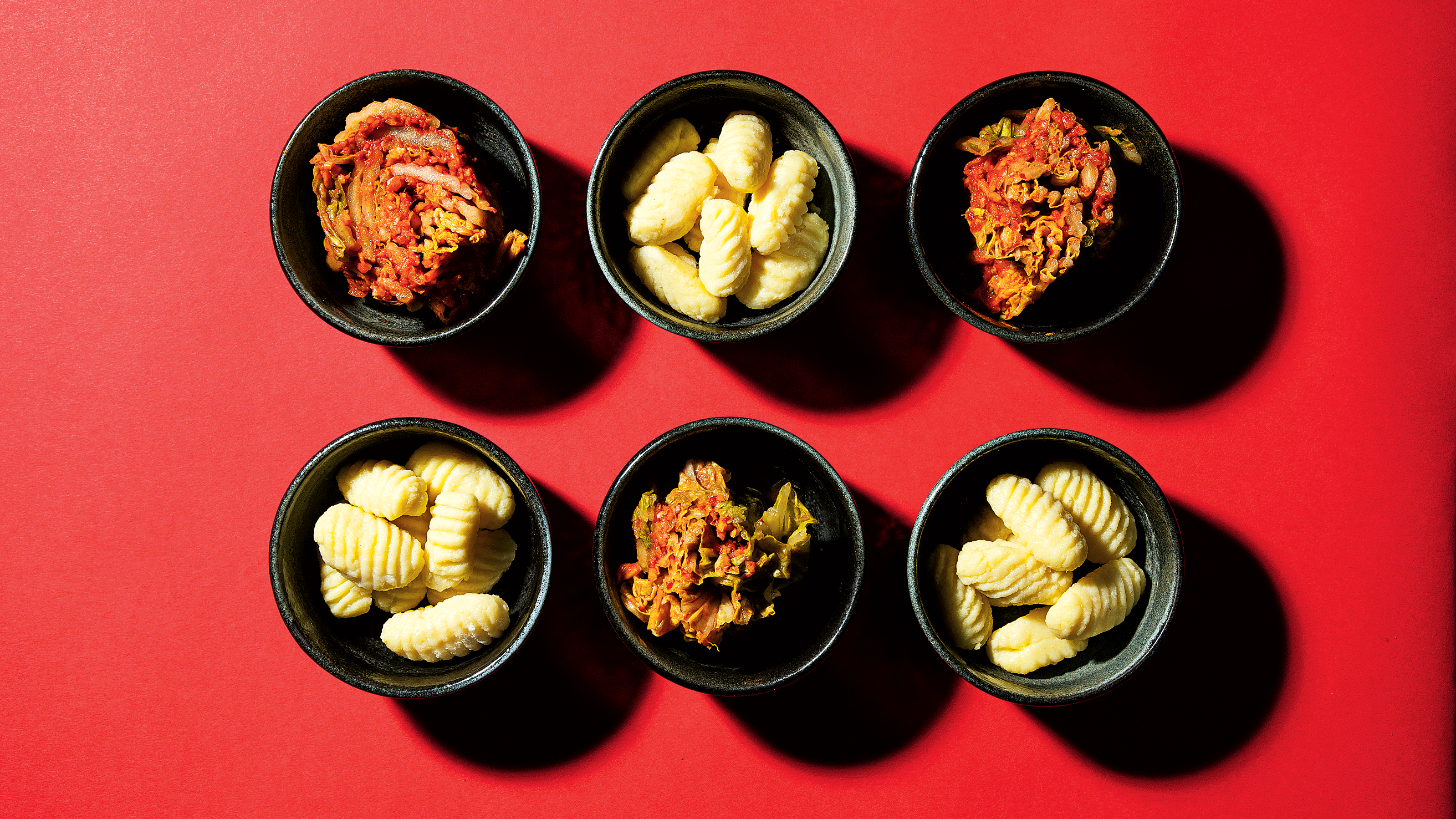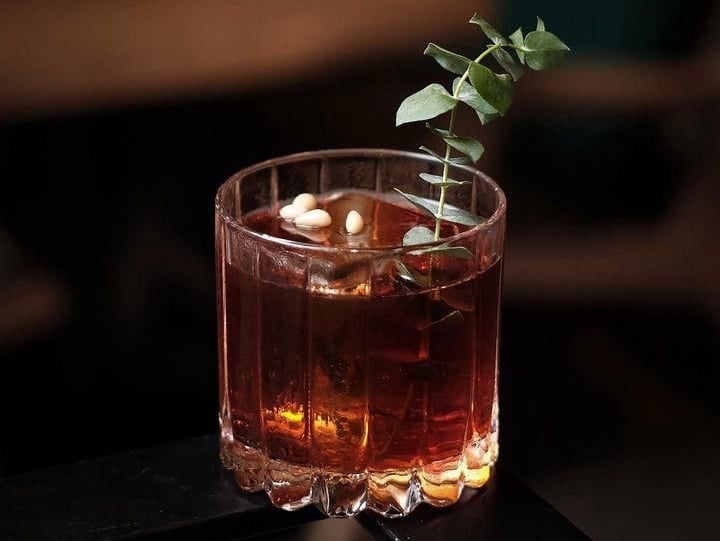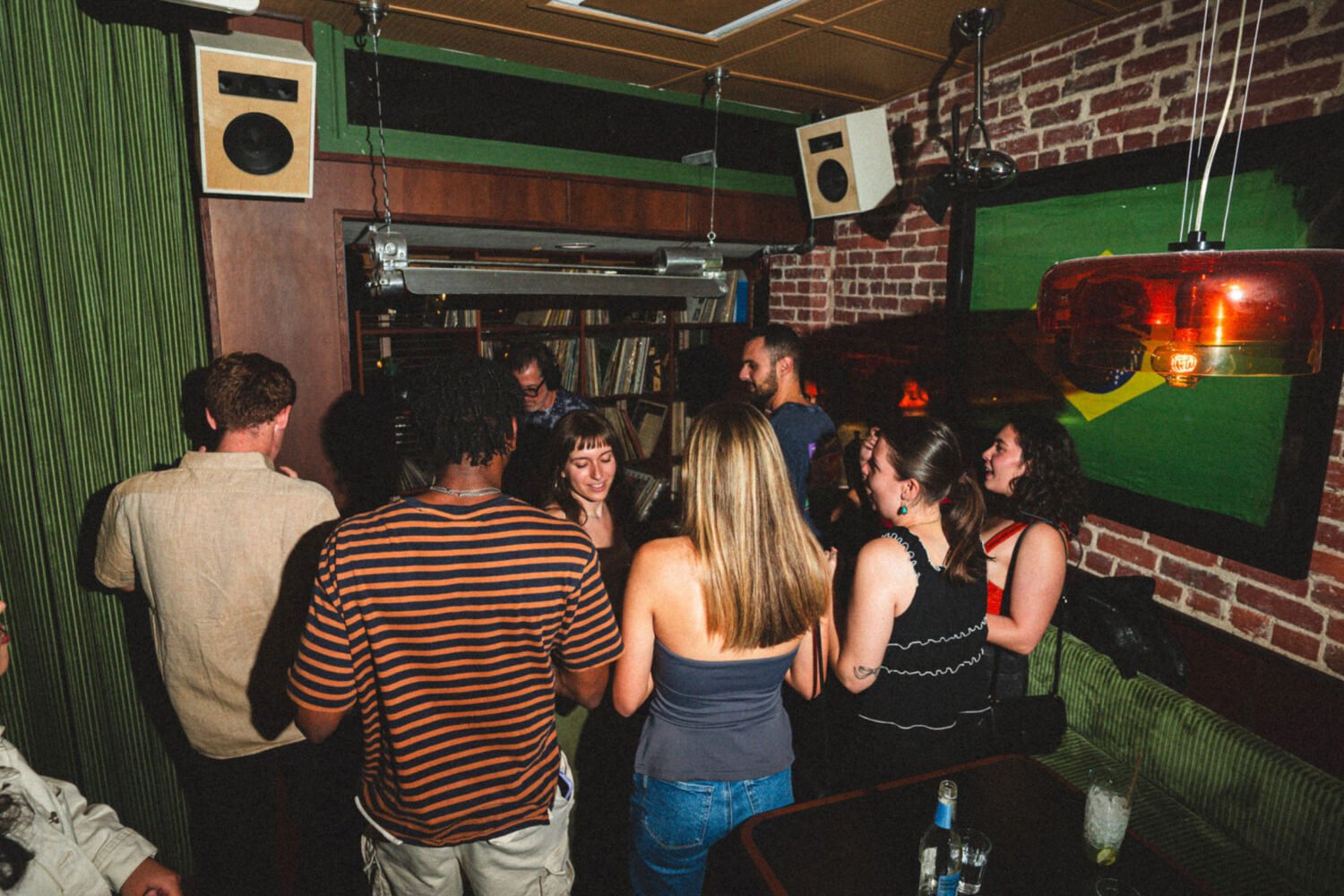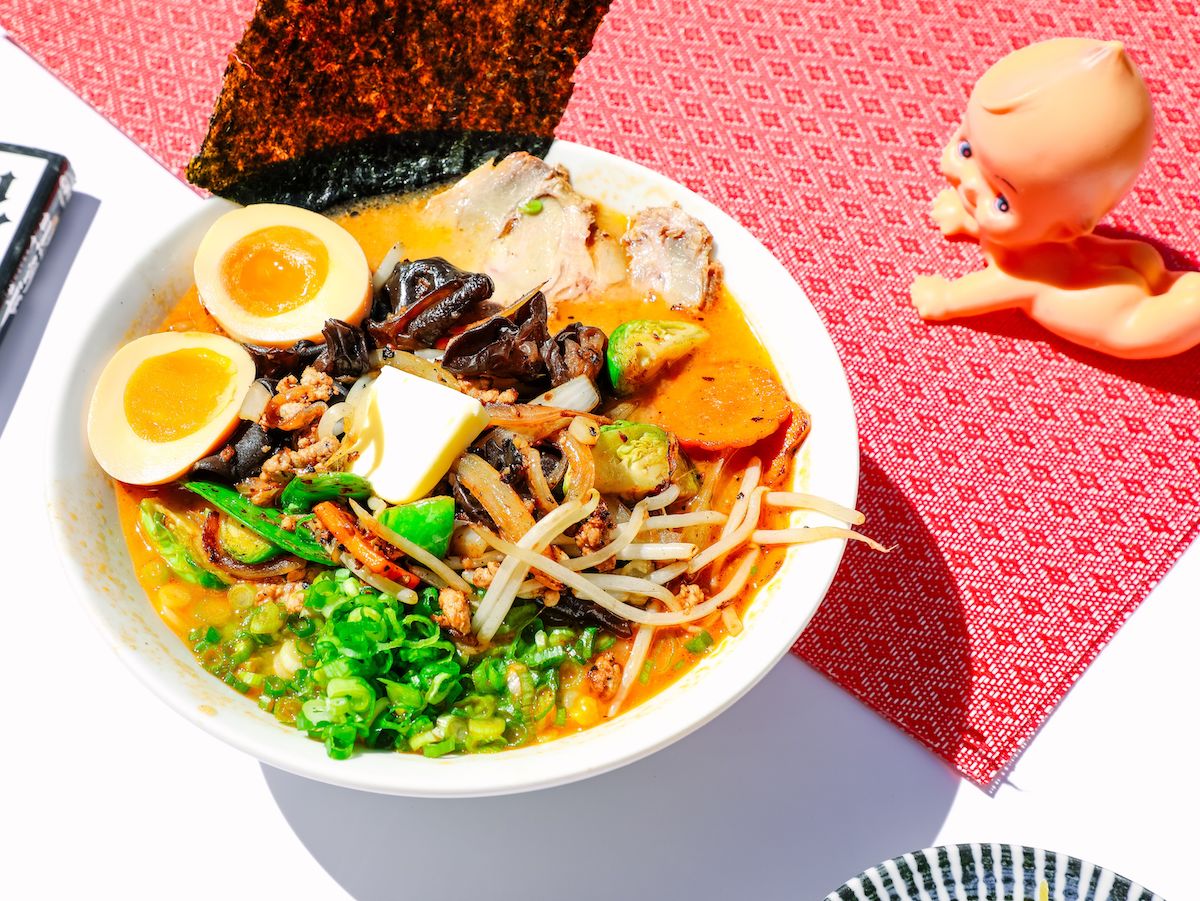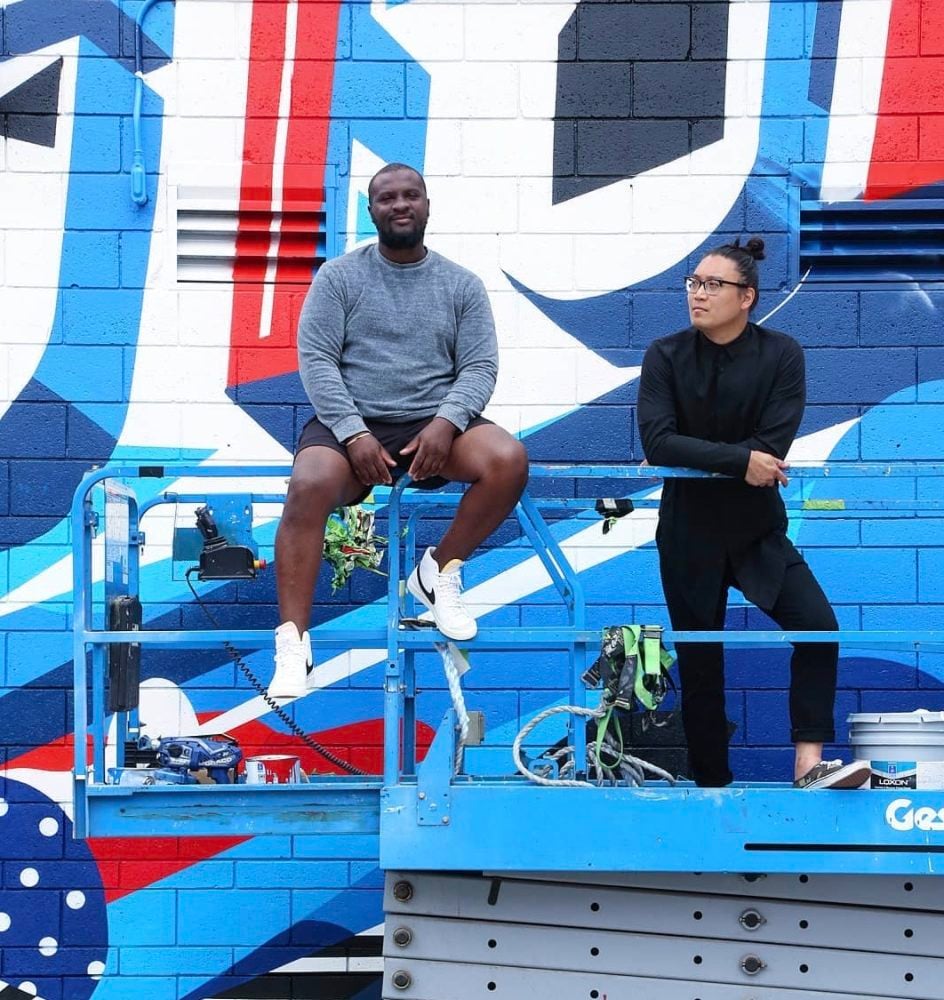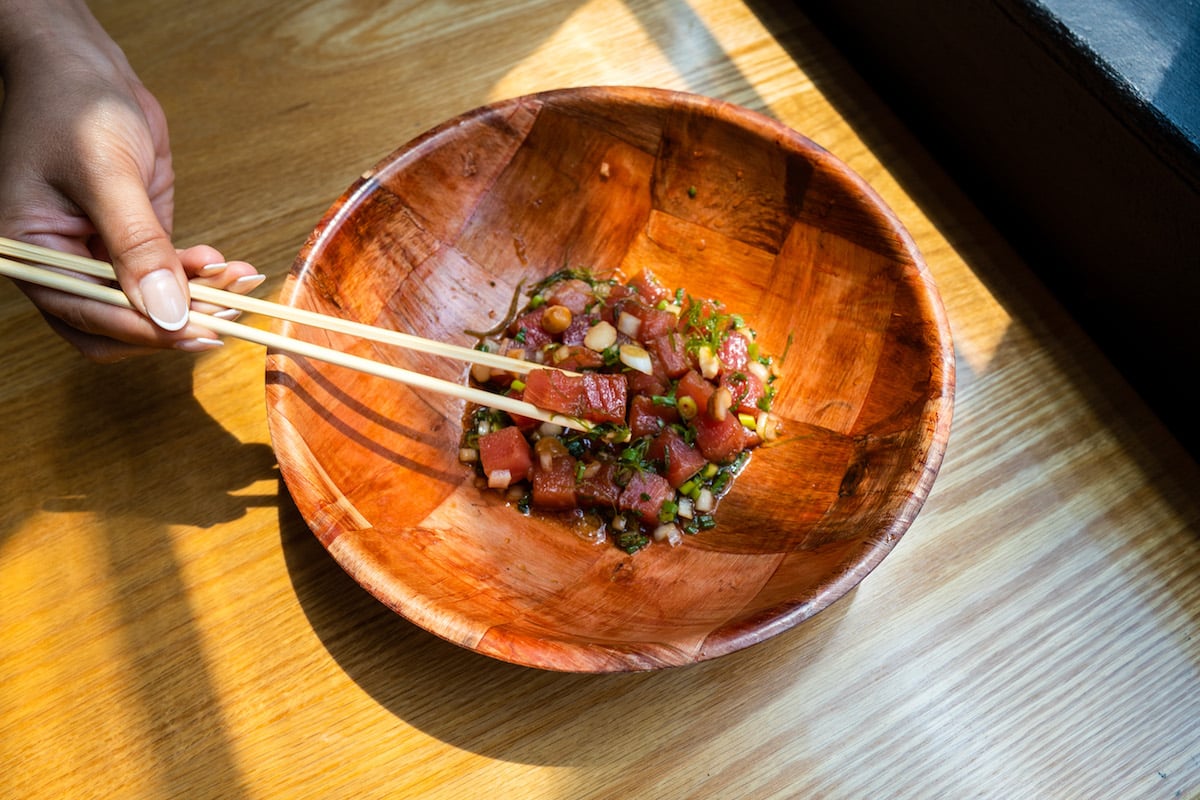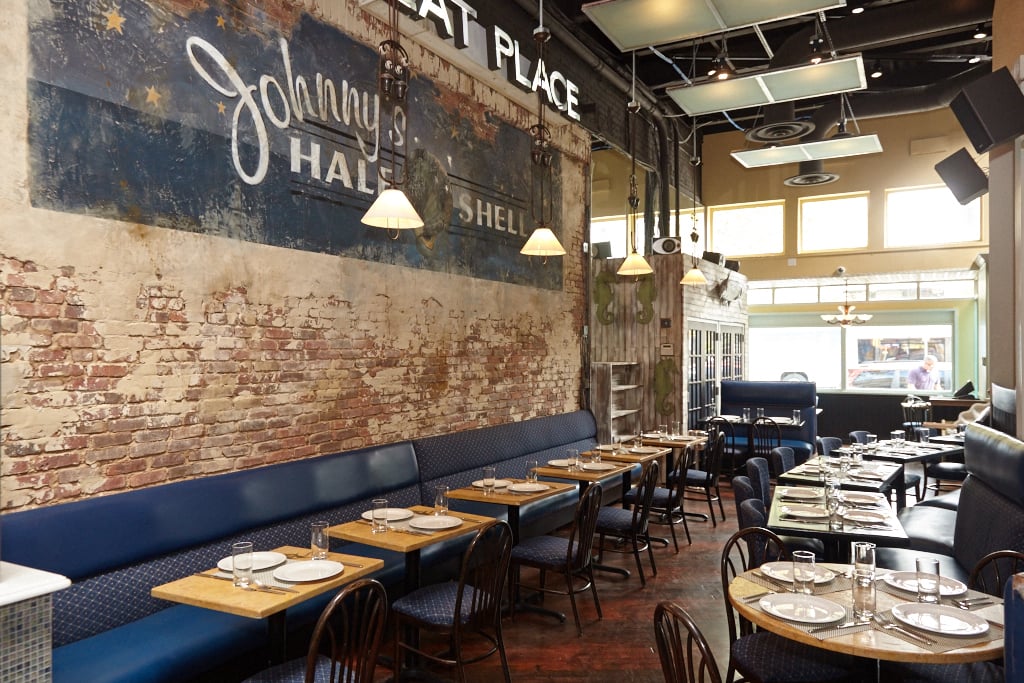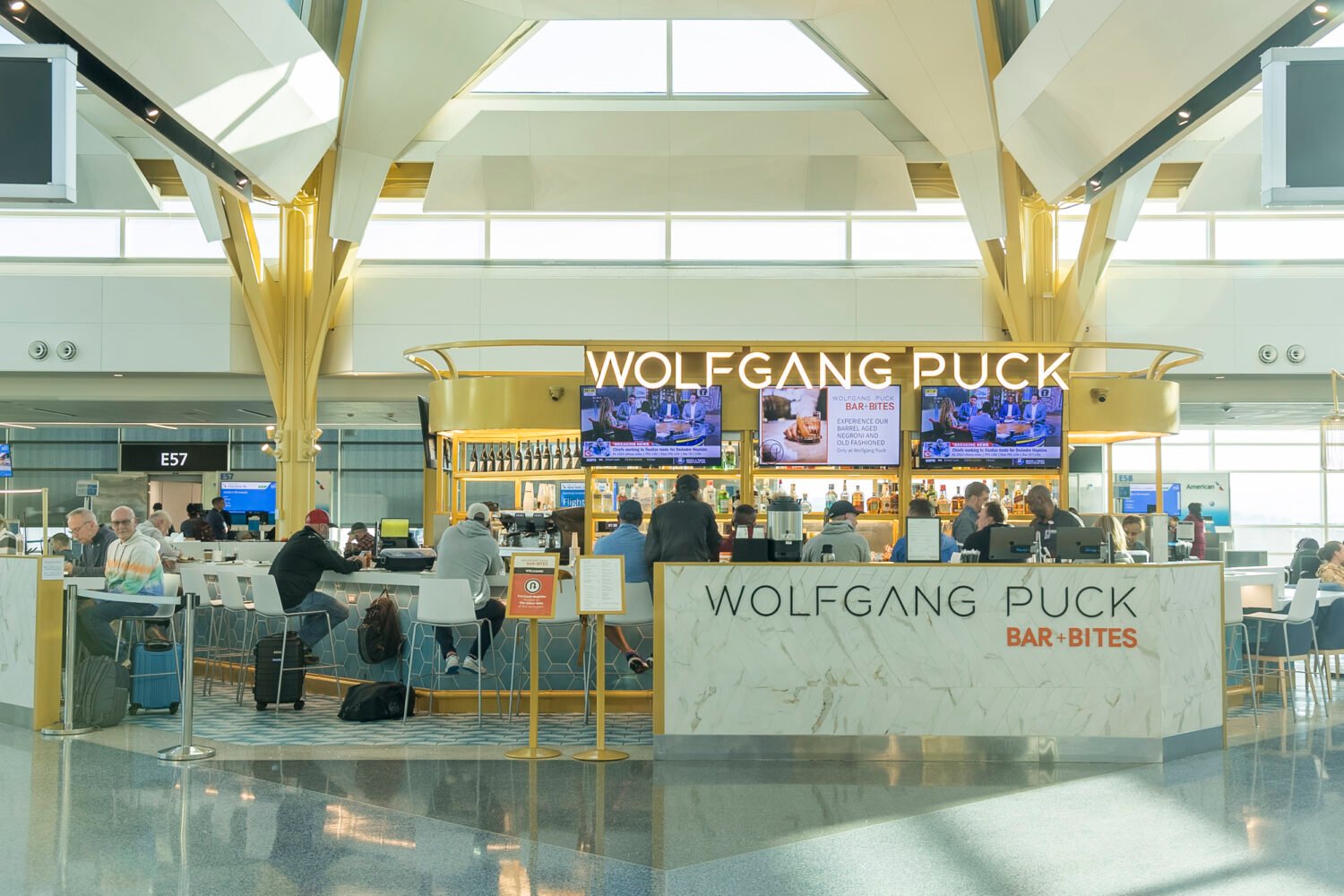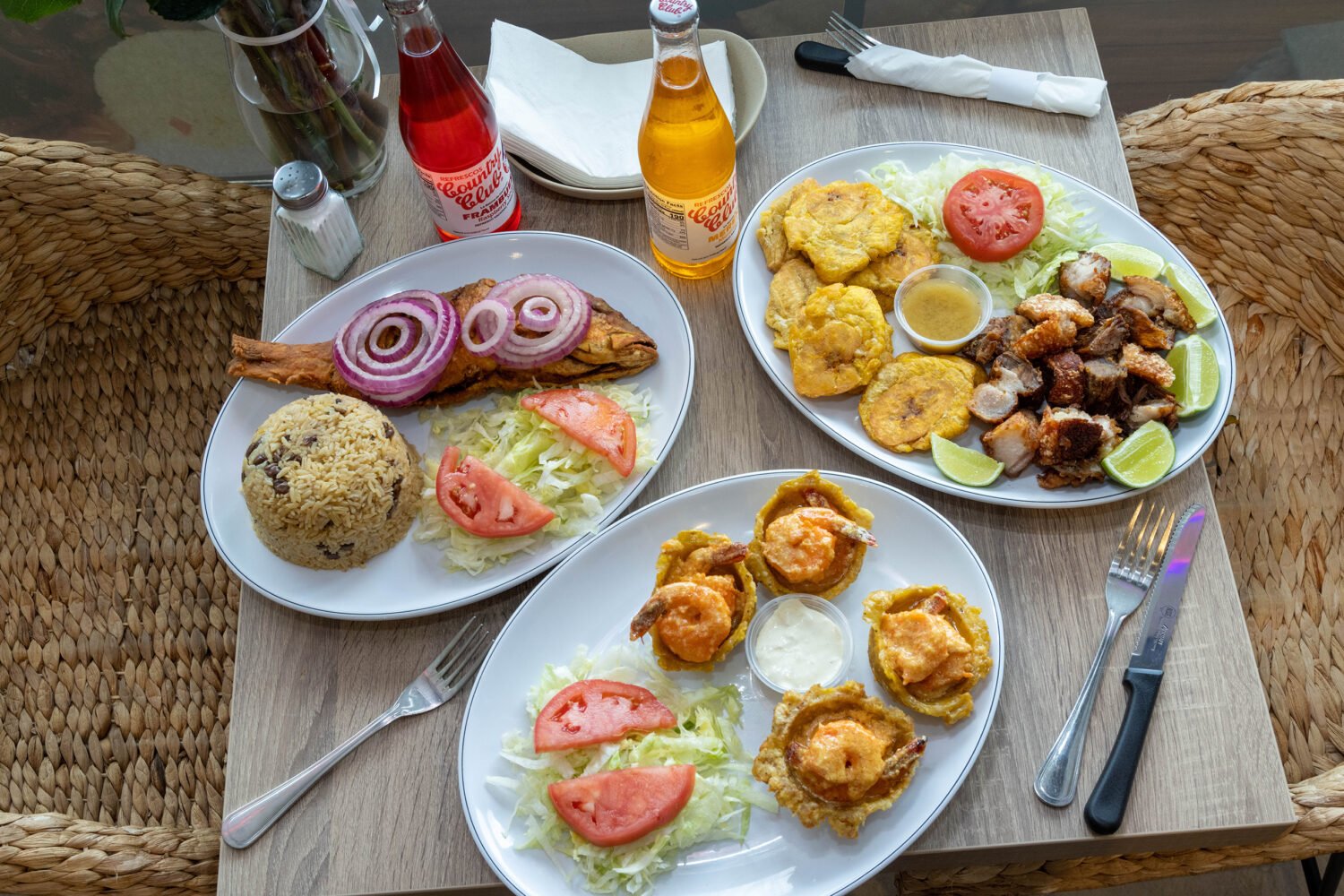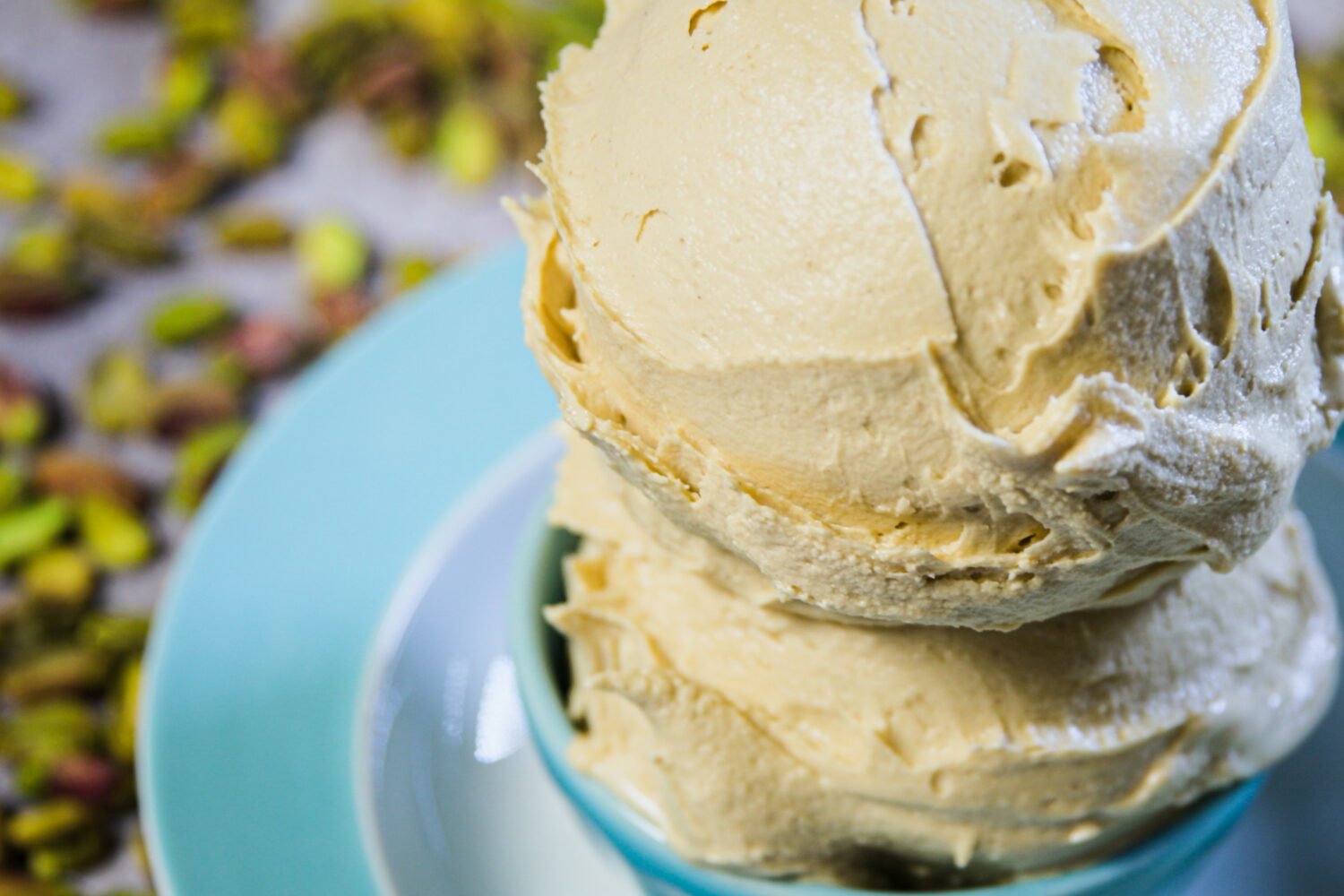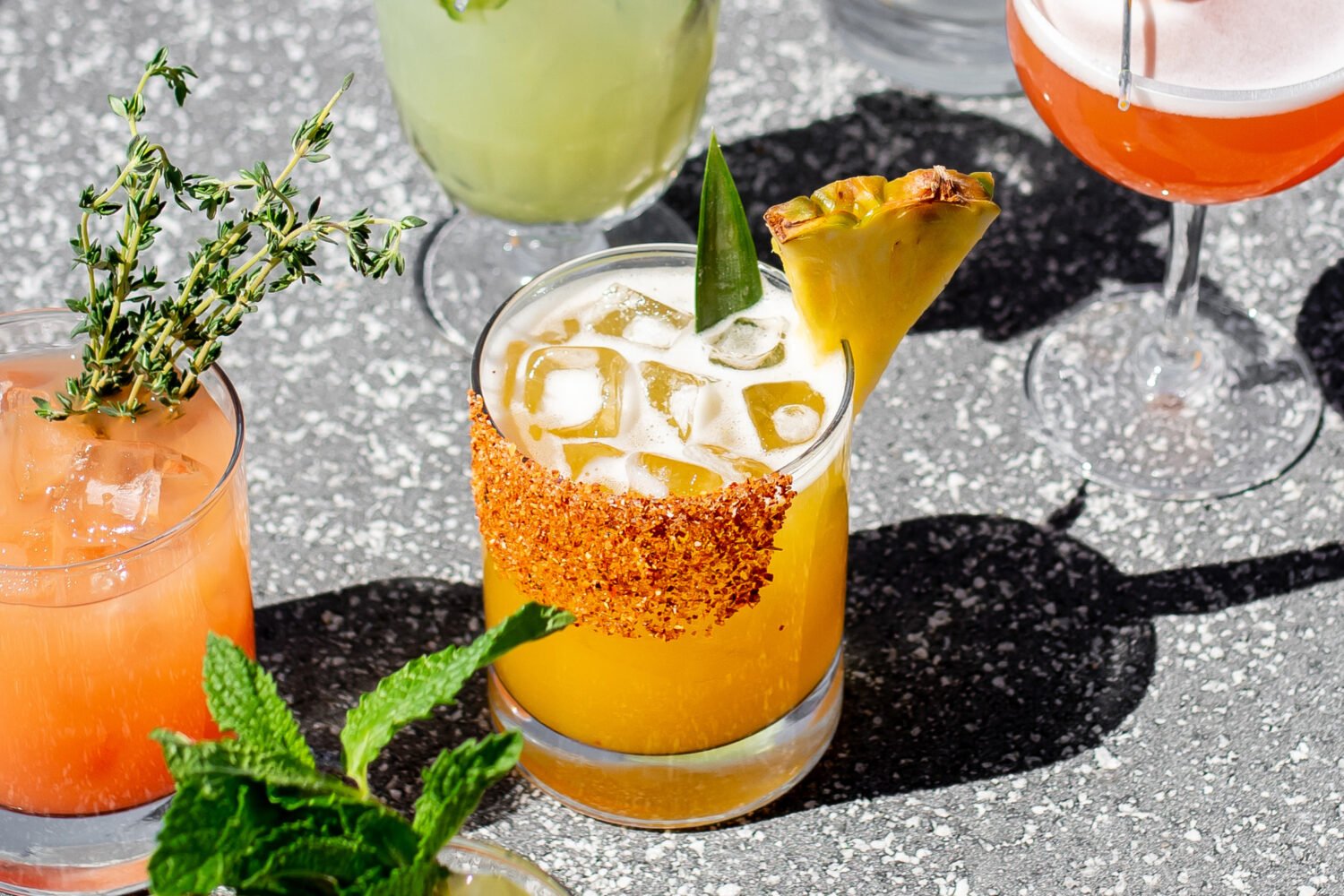At his Shaw restaurant, Kyirisan, chef Tim Ma combines congee with black truffle and pandan cheesecake with Szechuan whipped cream. But ask what kind of food he cooks and he’d rather give you a circuitous answer than use that word-that-shall-not-be-named.
“I take Chinese dishes, I apply French technique to it in my own style,” he’ll say.
“Oh, Asian fusion?” some unknowing offender will ask.
“No. Shut the hell up.”
Ma has gone so far as to instruct his staff in pre-shift meetings never to describe a dish as fusion at a table: “Never, ever, ever.”
Okay, fine, Ma admits, Kyirisan is one of the most Asian-fusion restaurants out there. But to him and many other chefs, fusion has become taboo. It’s the one F-word they won’t use.
Of course, you can argue that all food is fusion. What dish hasn’t been influenced by the tides of immigration and trade? What’s American cuisine if not the melding of other cultures? But as a genre of modern cooking and a dining buzzword, fusion really rose to prominence in the 1980s, in large part thanks to Wolfgang Puck’s Asian-inflected French cooking.
It was a hit. Before long, mash-ups were everywhere—from ramen burgers to cheesesteak egg rolls. Against that backdrop, the word became déclassé: Fusion was for goofs like Guy Fieri who opened sushi-barbecue restaurants. Serious chefs steered clear of the word.
But not the concept. Fusion’s never been as popular—and delicious—as it is today. Rather than combining a slot machine of random ingredients (so long, wasabi mashed potatoes), chefs are more thoughtfully integrating flavors from across the globe.
“The chefs I know, I don’t think anyone’s ever going to claim that they’re doing fusion food,” says chef Michael Bonk of the Bird. “But I think it would be funny if we actually looked at all the menus and how many people are actually doing it now.”
Chefs have invented an entire vocabulary to use instead: “inspired by,” “international,” “eclectic.” Something—anything—else.
“I like to call it freestyle,” says Daikaya chef Katsuya Fukushima. “Kind of like how jazz musicians can get together and jam.”
For Hazel chef Rob Rubba, who cooks dishes such as gnocchi with pork-kimchee ragu, you pitch it depending on whom you’re talking to: “If you just wanted the short, quick answer, I’d be like, ‘It’s fun food that we mix global inspirations from.’”
But unlike the cuisine, the alternative vocabulary doesn’t always catch on. Jeff Tunks, whose Japanese-Korean-Chinese restaurant, TenPenh, just reopened in Tysons, is ready to concede. “If you look up TenPenh now on Yelp, that’s what it labels us: Asian fusion,” he says. “I guess you really can’t fight it.”
So maybe it’s time for chefs to reclaim the word. Diners, it seems, are always going to call it what it is: fusion.
For his part, Ma has heard it enough that even he’s not as scared of “fusion” as he was a year ago when Kyirisan opened. Now he winces a lot less when he hears it—but his comfort goes only so far.
“I definitely still don’t use it.”
This article appears in the March 2017 issue of Washingtonian.

